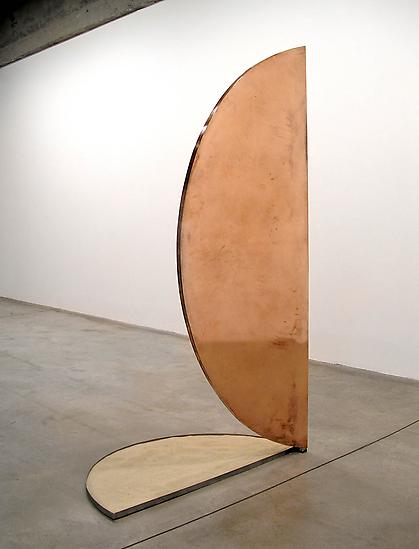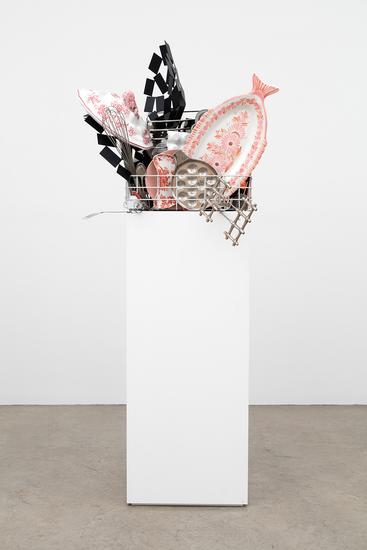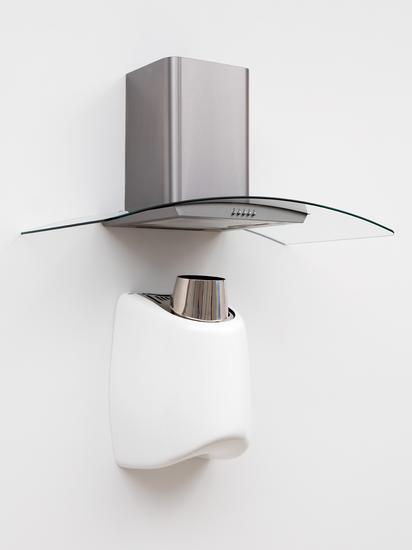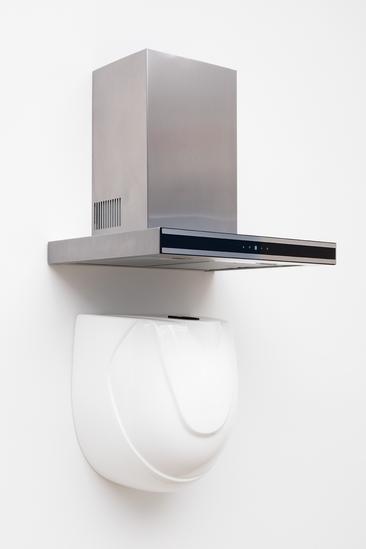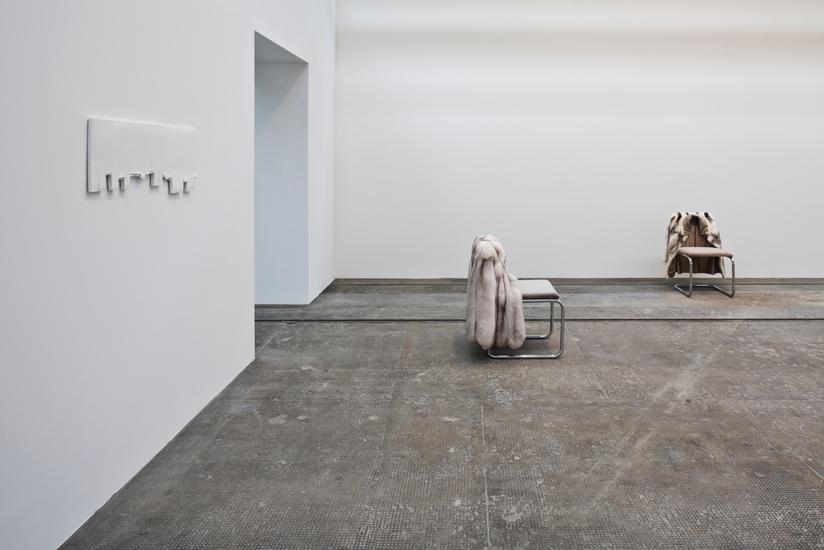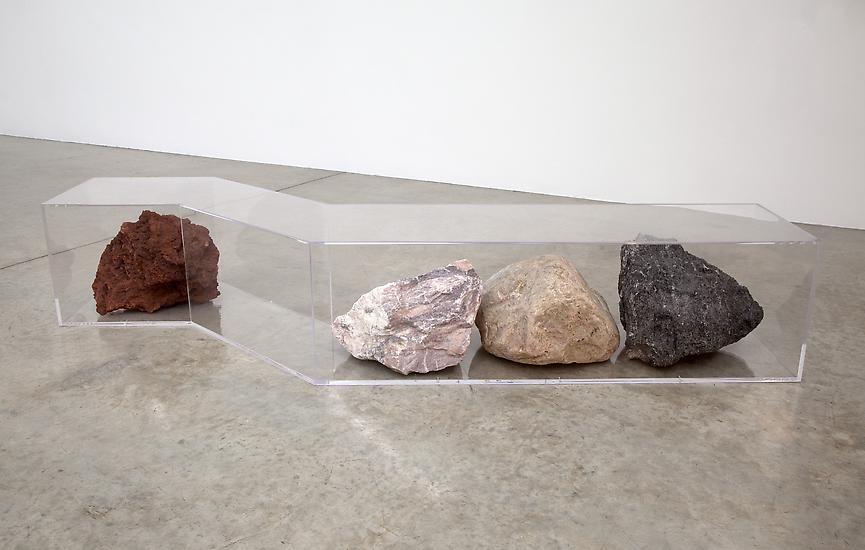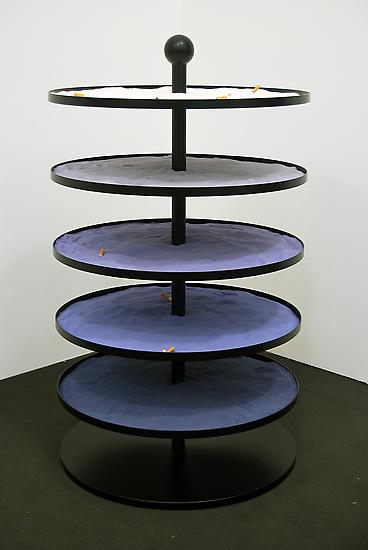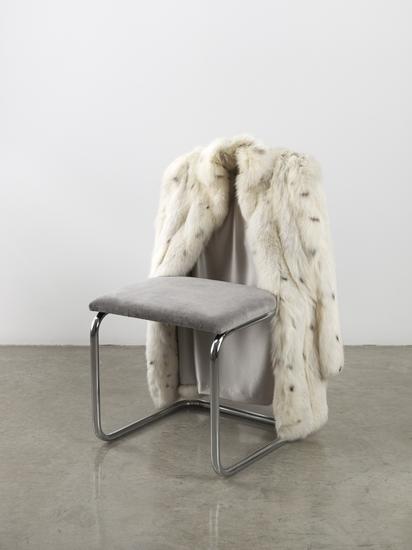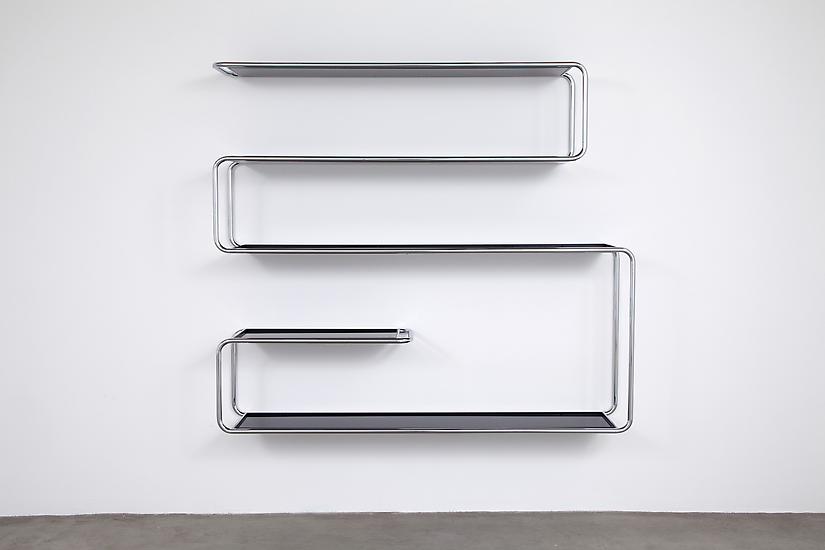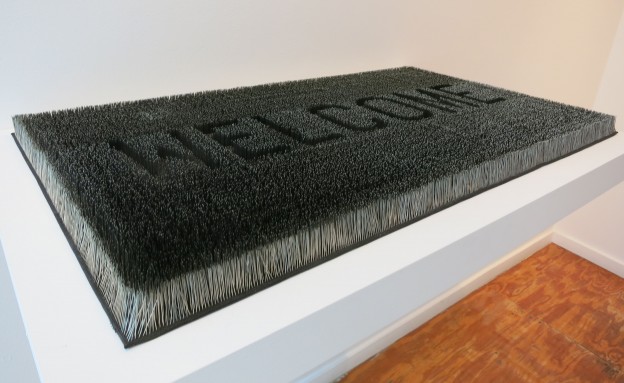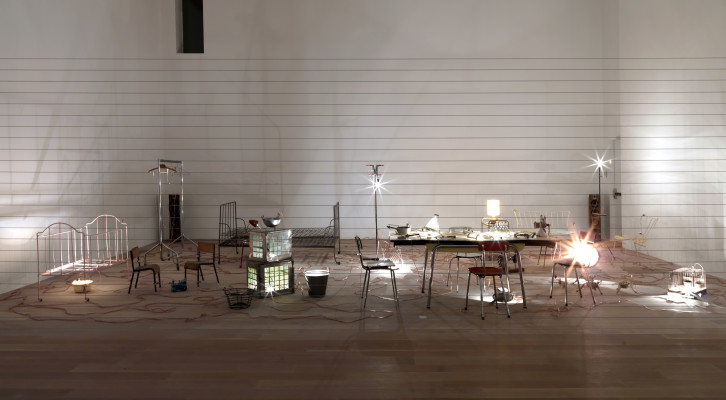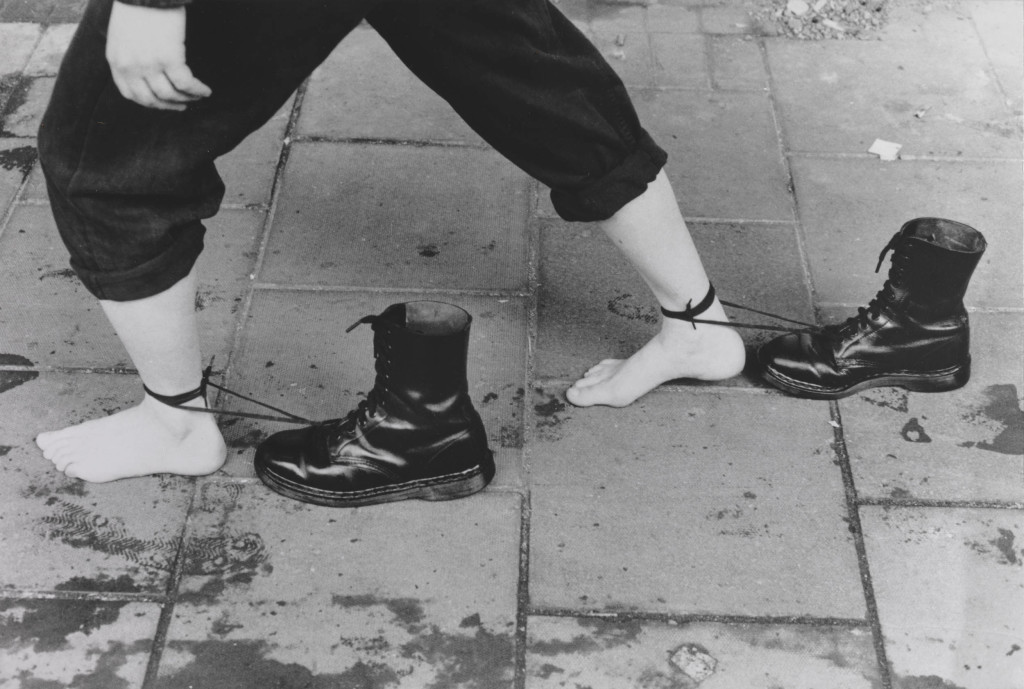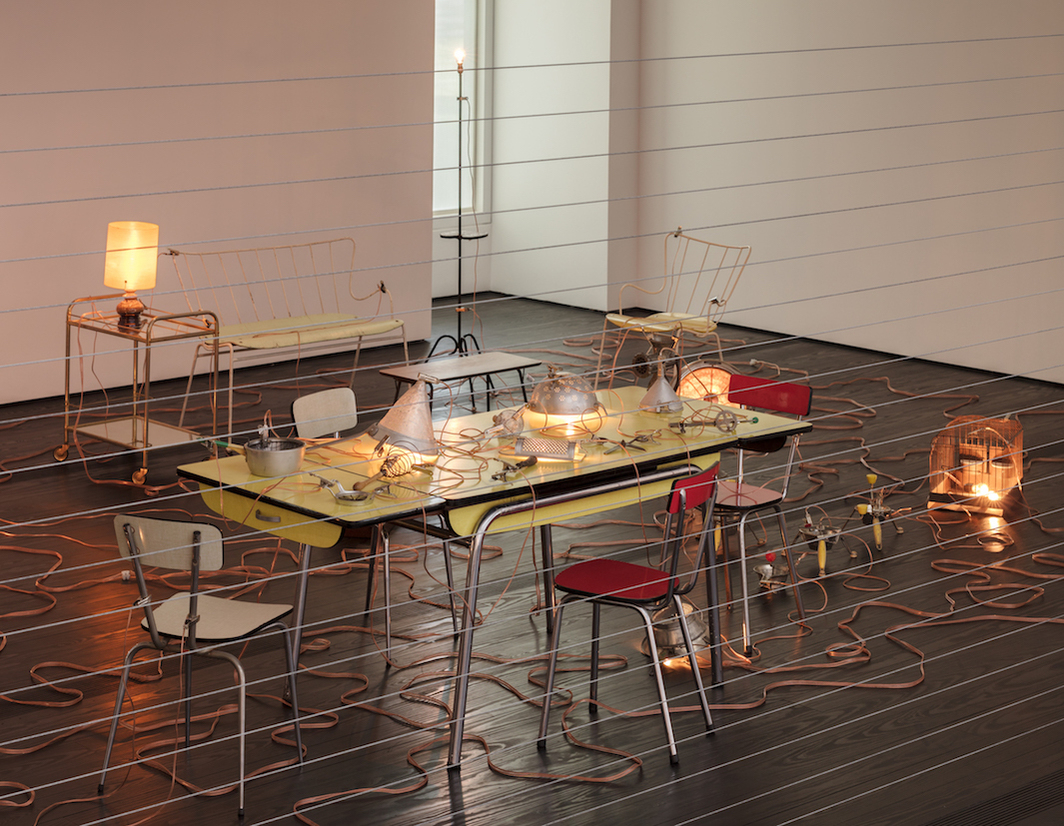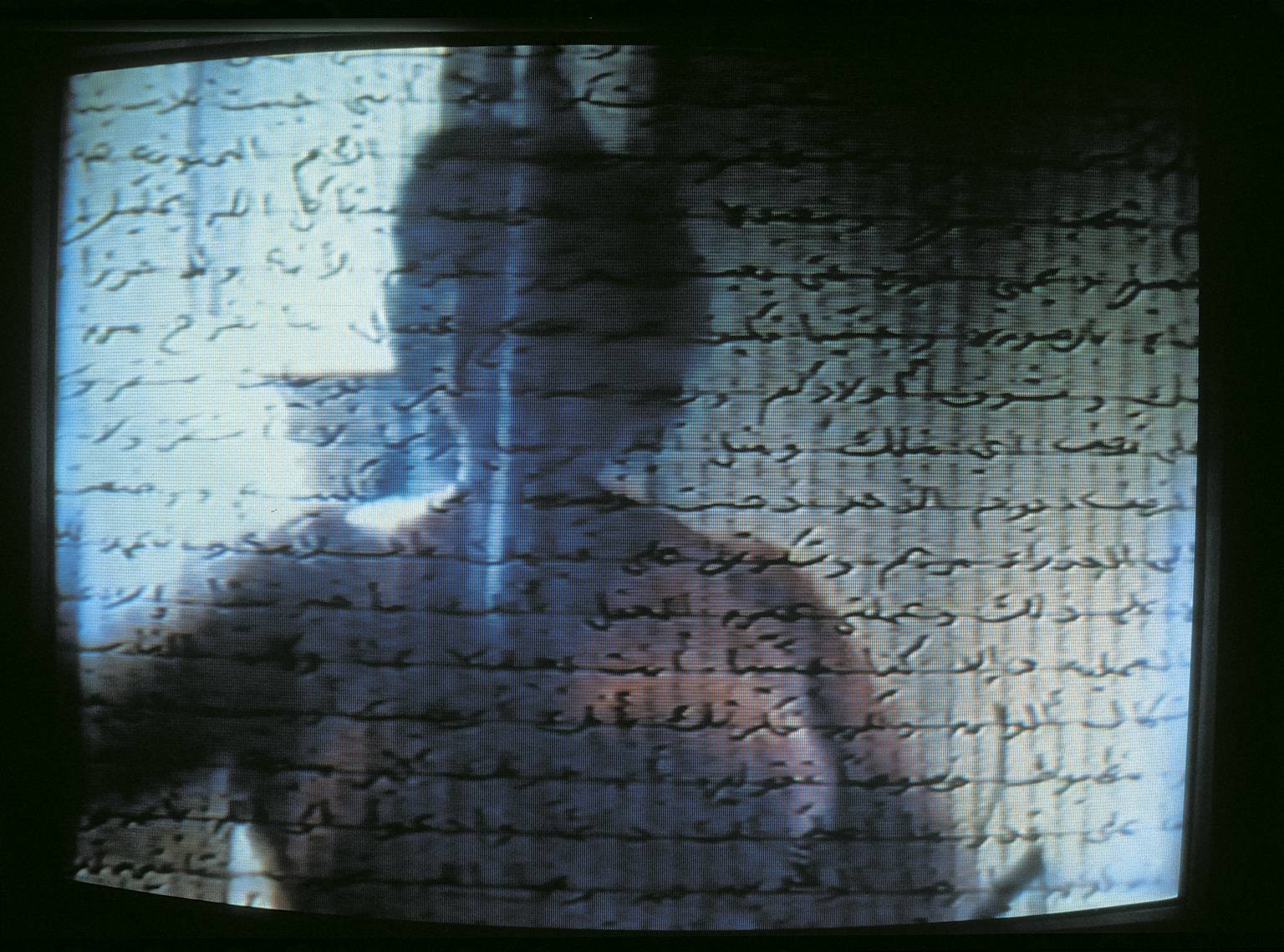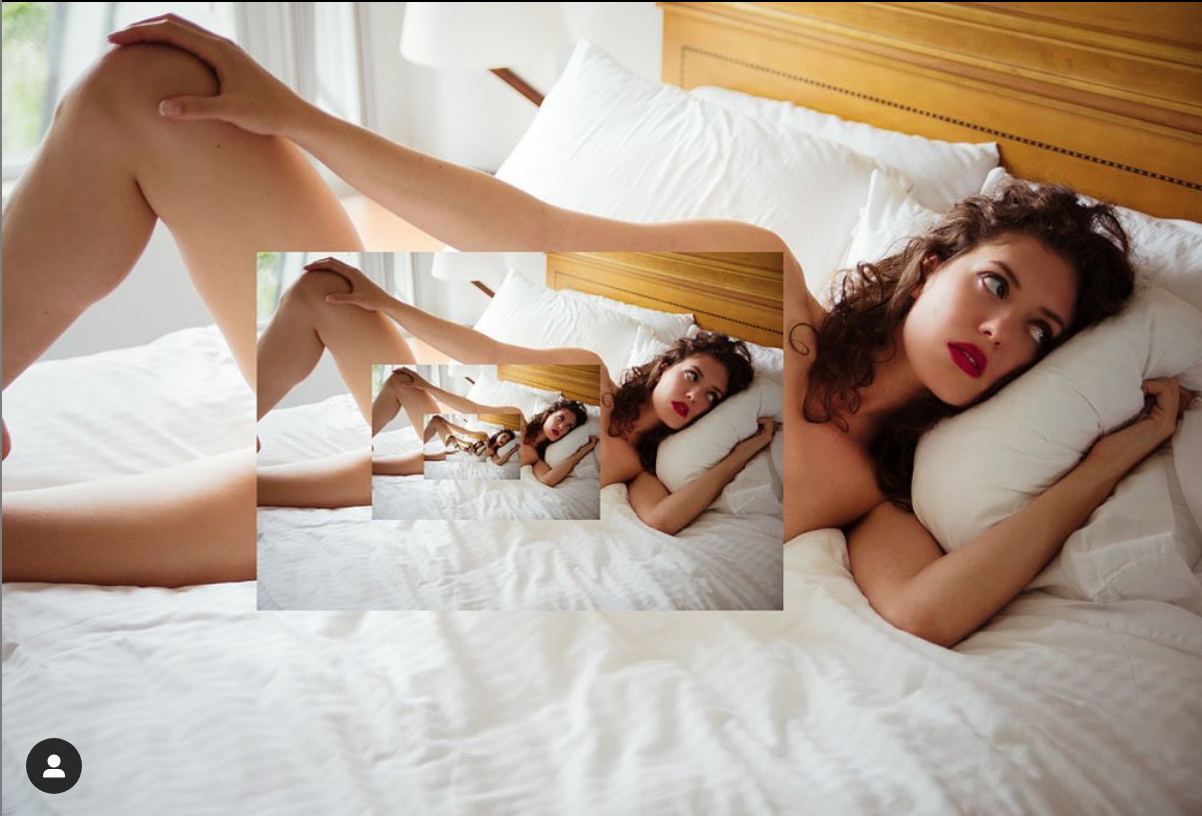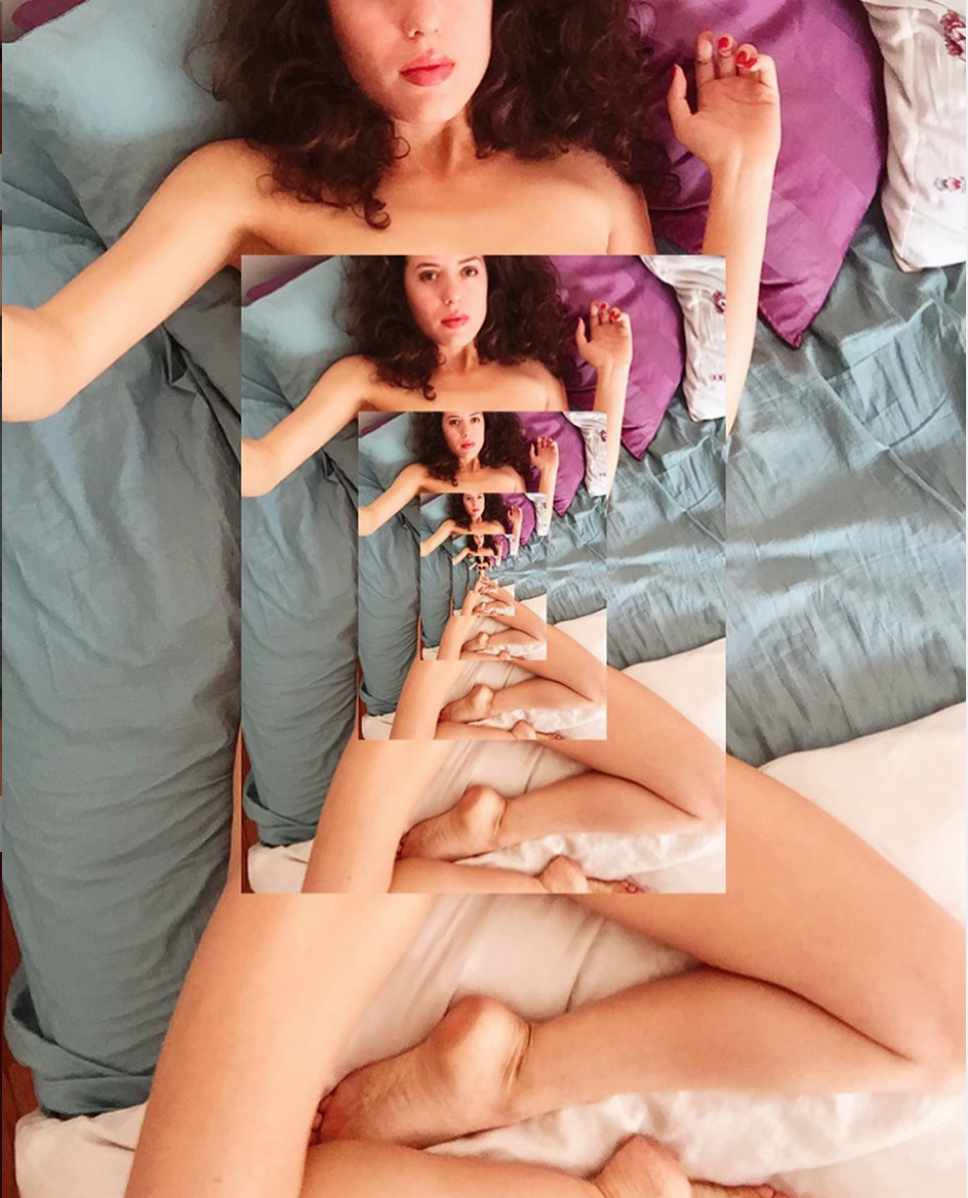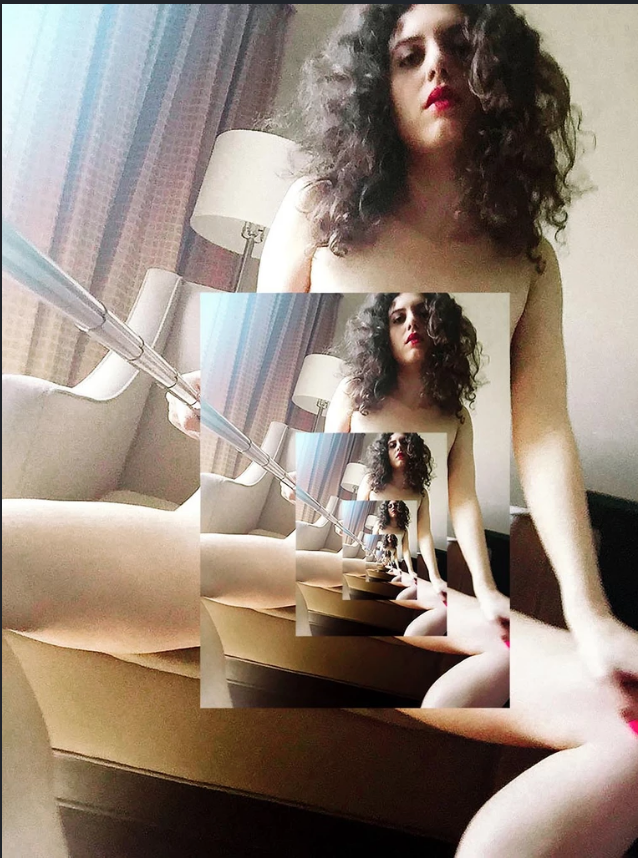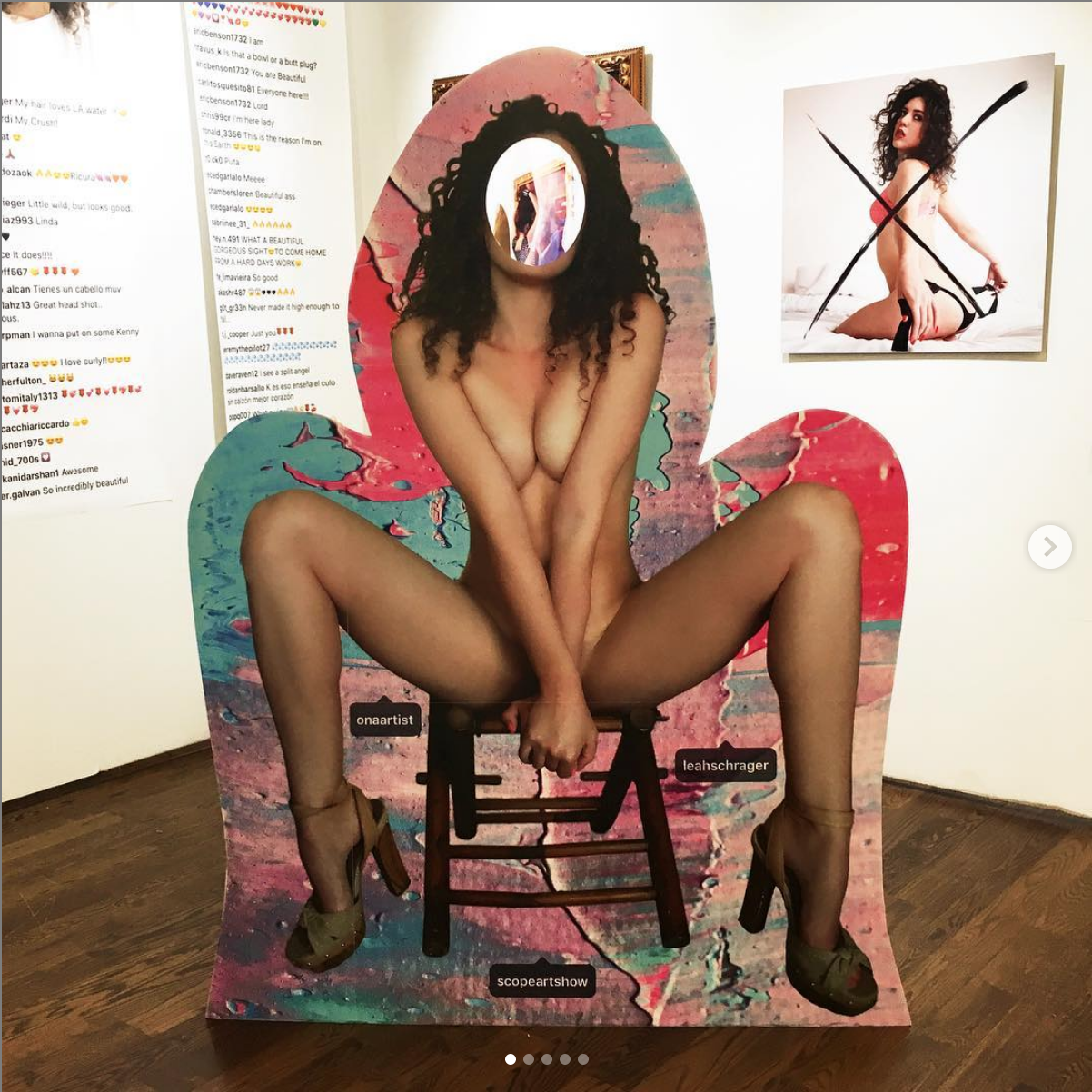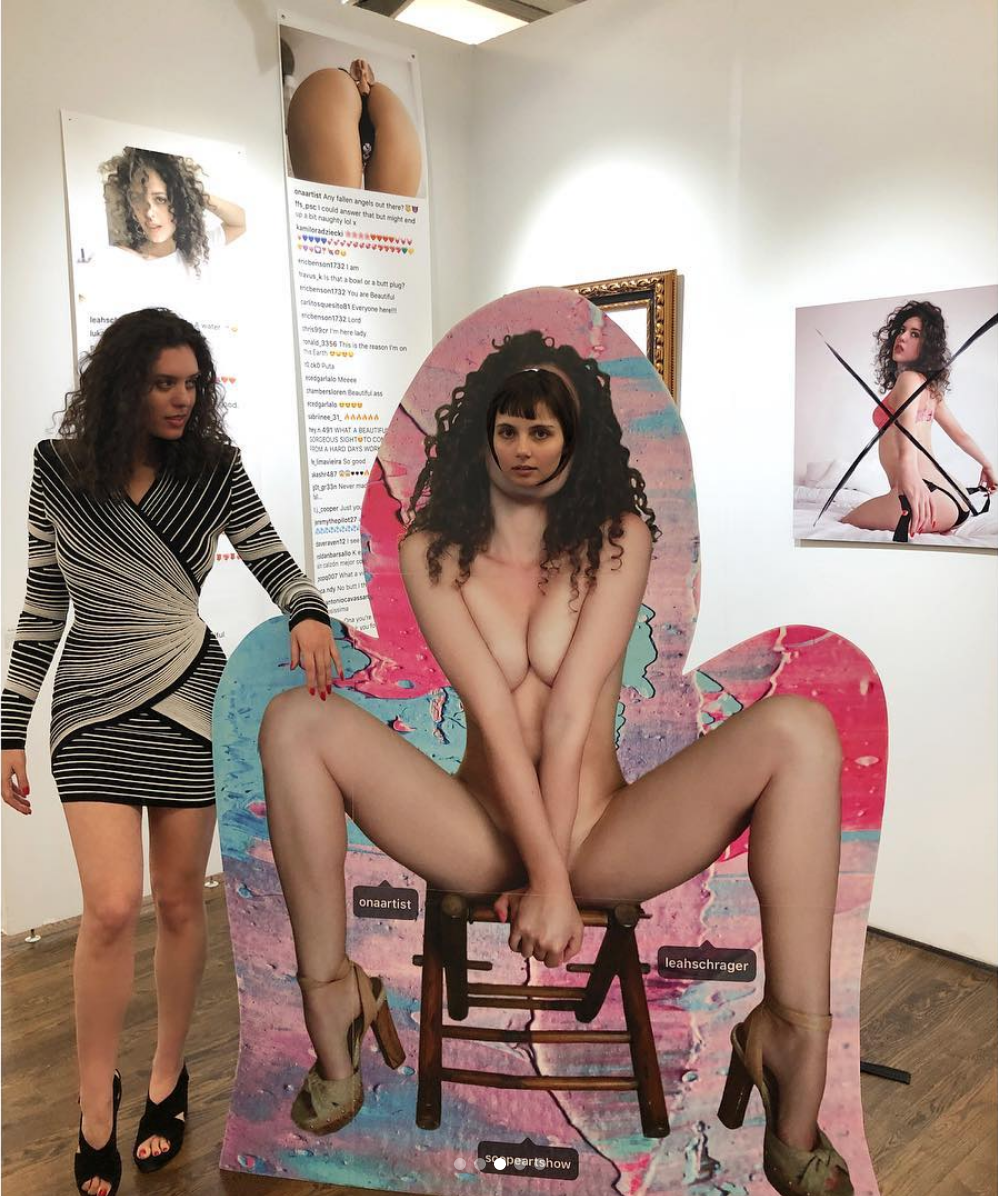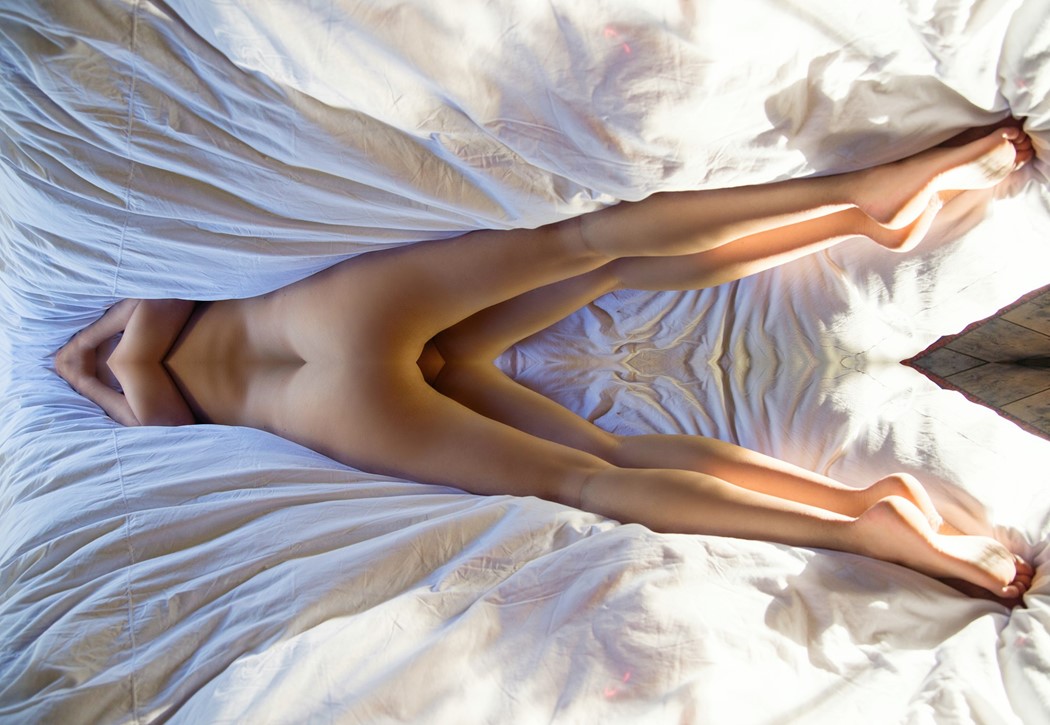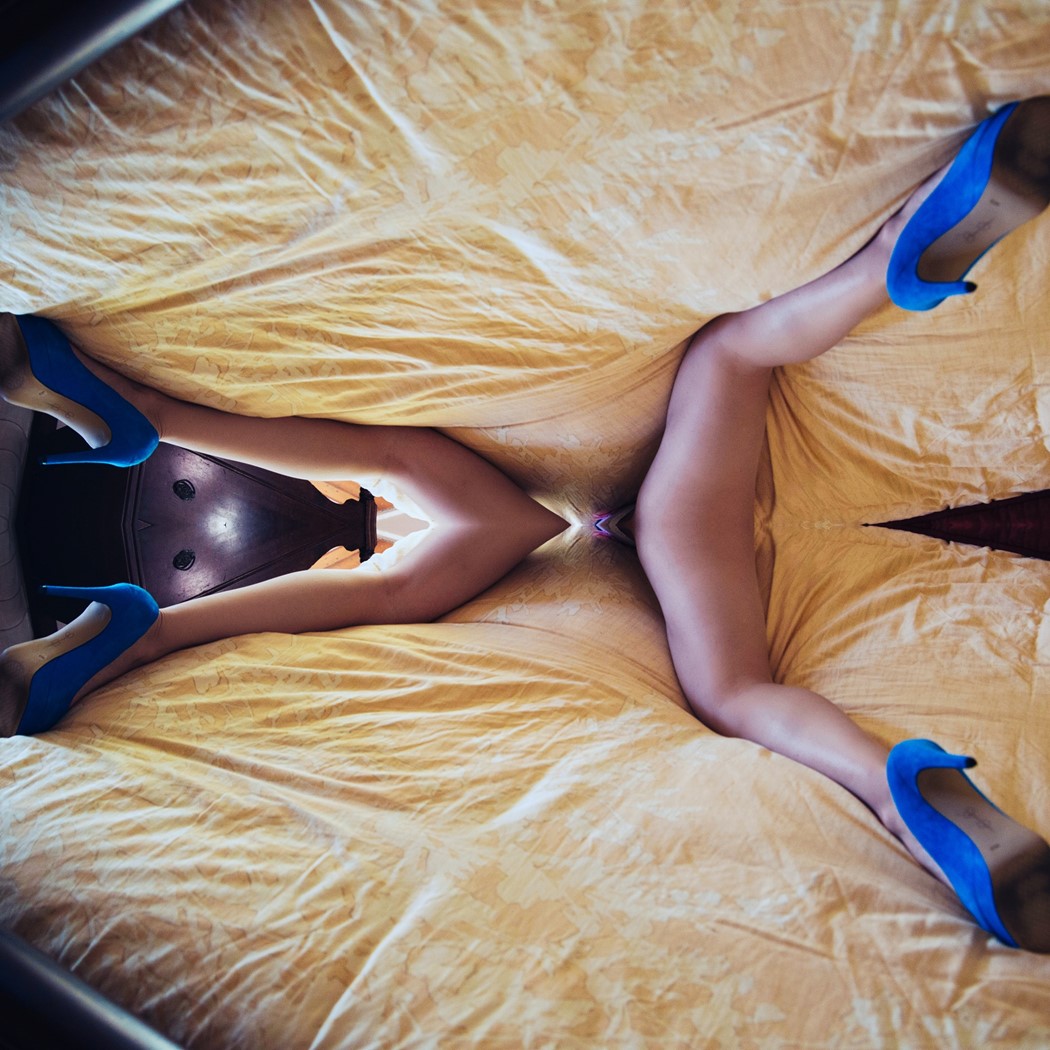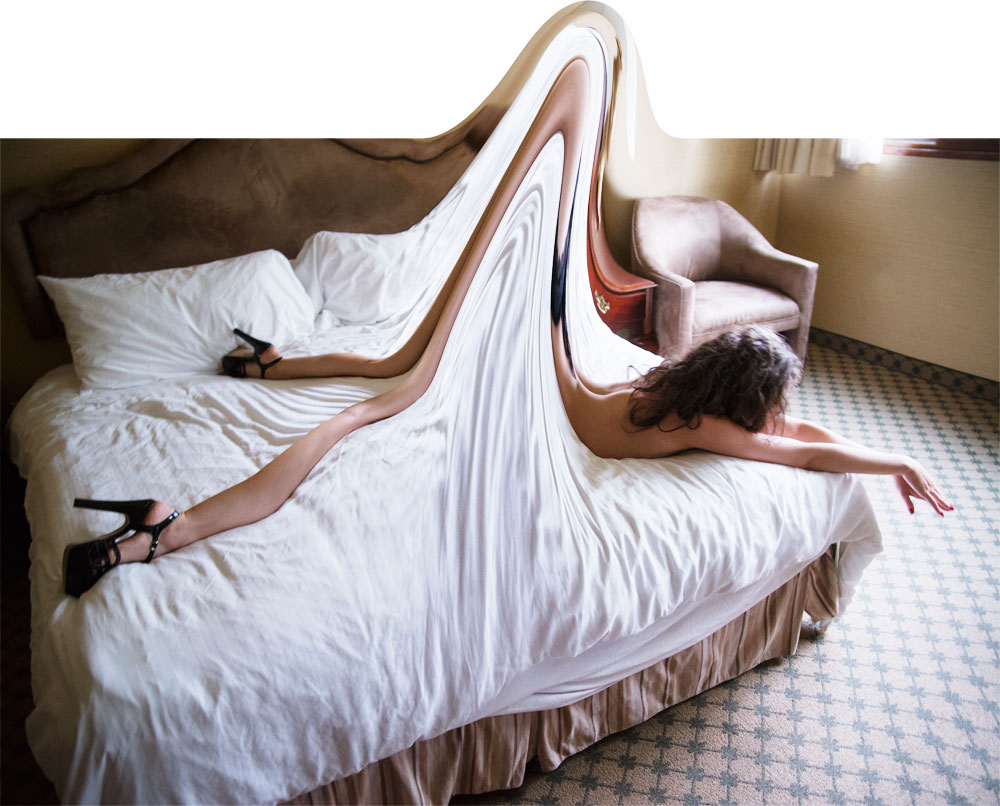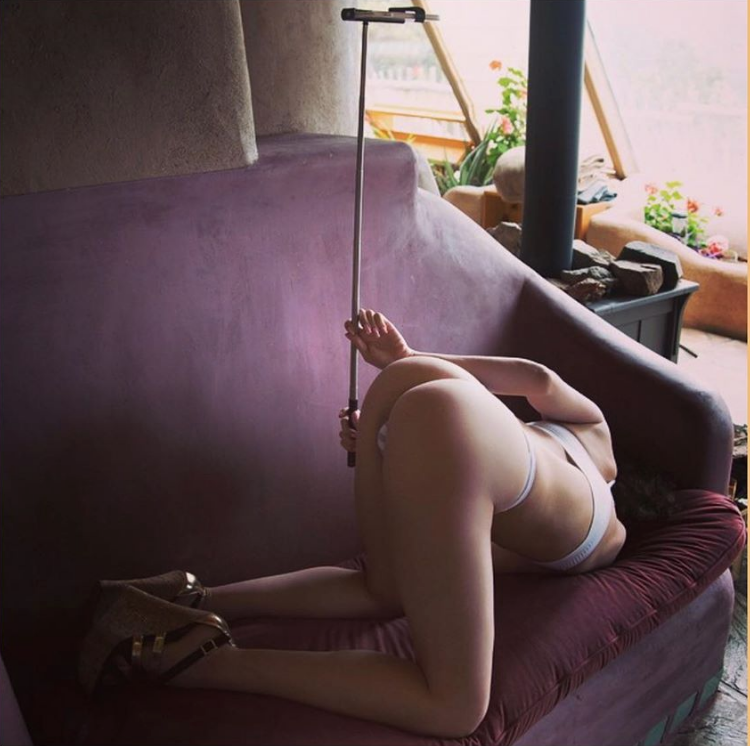My aim is to further study more modern feminist theory and objectification theory - especially relating to film, digital and “selfie” culture. Amy Shields Dobsons exploration of the hypocrisy of the gendered selfie and the problematic nature of this culture. Barbara Fredrickson & Tomi-Ann Roberts ideas generated from Objectification theory, the experiential consequences of being a female in a culture that sexually objectifies the female body. I love the idea of monstrasizing, elongating and dissecting the female body in order to shift power dynamics of the traditional nude/female body in works such as Annagret Soltau, Juno Calypso and Jean-Paul Gaude.
The ideas from ’Virtual Normality: The female gaze in the age of the internet’ are incredible as a starting point, theorizing the post-feminine power dynamics of looking in post-internet, while also examining the works of great female writers/artists Juno Calypso, Leah Schrager. Devising the the Idea of the “Looped gaze” - the feeling of attraction and alienation when seeing yourself through your image in the social media age; the politics of the selfie - Identity, sexuality ands femininity via the body - bodiess over which the author has total control - the body as material; and the power of the self-directed camera “the female gaze has an urgent task to assert the nuances of the female experience through visibility, according to the aphorism of the social media age: i am seen, therefore I am.”
I would also like to explore current ideas about female materiality theory. I am influenced by Tacita Dean using film as both material and medium. Nicole Wermer ’s material simplicity in abstract representation, Mona Hatoum’s tactility - the tension between the warm, inviting domesticity and the danger and consequence of materiality, powerfully expressing feminine ideas through surprising material.
The ideas of self-representation in digital culture ties together my interest in the viewers role becoming an active agent in the viewing of film, and the changing dynamics of the female object/subject relation in film/digi-culture. The effect of a multi-partied female representation, both in form and content, will portray the intention of a monster-like, dissected body reflecting power dynamics in screen culture.
A viewers role now in digital space is now one of passive viewing and one of self-representation? The screen has become more-so the “two-way mirror” - the same screen that we look at, looks at us. I would like to further develop and explore the theories of traditional cinema, self-representation and feminist and post-feminist theory in the digital age. Somehow I’d like to portray the idea of the self-represented female within a frameworks of film and time/duration that I have been working on this year.



























